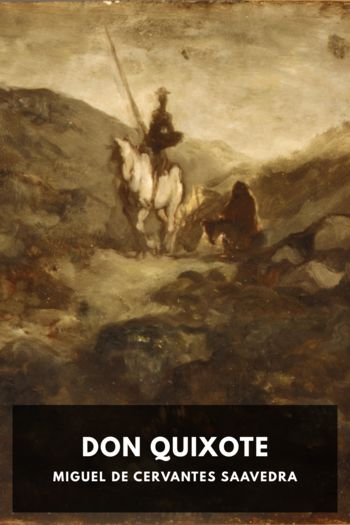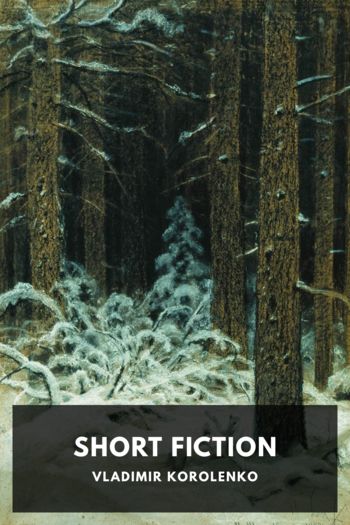Tartuffe, Molière [best ereader for pdf .txt] 📗

- Author: Molière
Book online «Tartuffe, Molière [best ereader for pdf .txt] 📗». Author Molière
By Molière.
Translated by Curtis Hidden Page.
This ebook is the product of many hours of hard work by volunteers for Standard Ebooks, and builds on the hard work of other literature lovers made possible by the public domain.
This particular ebook is based on a transcription produced for Project Gutenberg and on digital scans available at the HathiTrust Digital Library.
The writing and artwork within are believed to be in the U.S. public domain, and Standard Ebooks releases this ebook edition under the terms in the CC0 1.0 Universal Public Domain Dedication. For full license information, see the Uncopyright at the end of this ebook.
Standard Ebooks is a volunteer-driven project that produces ebook editions of public domain literature using modern typography, technology, and editorial standards, and distributes them free of cost. You can download this and other ebooks carefully produced for true book lovers at standardebooks.org.
Introductory NoteLouis XIV entertained his court, in May of 1664, at his recently finished palace and pleasure-grounds of Versailles, with a week of uninterrupted festival. Molière, now the chief furnisher of the king’s pleasures, gave during the week four plays: The Bores; The Forced Marriage; The Princess of Elis, begun in verse, but hastily finished in prose to be ready for the king’s entertainment; and the first three acts of Tartuffe. These three acts taken alone must have seemed much less serious than the play as a whole seems to us now. They are in fact made up for the most part of excellent light comedy:—the harangues of Madame Pernelle, the retorts of Dorine, the quarrel and reconciliation of the lovers, the famous scene of “The poor man!”, and that of the confounding of Damis. Tartuffe himself does not enter until the second scene of the third act, and in that act he is odious and comical; not, as in the later acts, odious and almost terrifying. The character of Cléante was less seriously conceived than in later versions of the play, since part of his original role was later transferred to Dorine. And some of the more serious passages of these three acts as we have them now, especially in the speeches of Cléante, were probably not yet written.
Nevertheless the character of Tartuffe was clearly enough indicated, and the seriousness of Molière’s attack upon religious hypocrisy was evident enough, to arouse immediate opposition. Anne of Austria, the queen-mother, and all the religious or pseudo-religious “cabal” of the court, in which the Jesuits were powerful, united to persuade the young king that Molière’s play was dangerous to true religion; and its public representation was forbidden. A contemporary account of the week’s festivities says: “Although the play was thought most amusing, yet the king, realising what a resemblance there is between those who in true devoutness seek the way to Heaven, and those who with a vain show of good works nonetheless do evil, could not in his delicate carefulness for the things that concern religion suffer vice to be made so like virtue, that one might be taken for the other; and therefore, though there was no doubt of the good intent of the author, he forbade the giving of the play in public, and deprived himself of the pleasure of it, that offence might not come to others who were less capable of discerning good from evil.” The king was at heart on Molière’s side, whatever he might think public policy demanded. “Your majesty,” wrote Molière in his first formal petition for leave to give the play, “was so good as to declare that you could find no fault in this comedy, though you forbade me to produce it in public.”
The prohibition in fact covered only public performances—although a worthy curate, in a book directed against Molière, calling him “a demon clothed in flesh and dressed as a man … who deserved for his crime of sacrilege and impiety to be condemned to public execution, and that by fire, foretaste of the fires of hell, to expiate this terrible crime of lèse-majesté against God, a crime which tends to destroy our Catholic religion,” had declared that the king ordered Molière “to suppress and tear in pieces, destroy and burn all that he had yet written of it, and write no more such infamous matter, on pain of his life.” Molière made his play known by repeated readings (as Beaumarchais was to do with his Marriage of Figaro over a century later), and even won the approval of the papal legate Chigi, as he boasts in his first petition; and he gave several private performances under the patronage of those nearest the king. First the king’s brother, entertaining part of the court at Villers-Cotteret on September 25, 1664, had Molière produce again the first three acts of Tartuffe. Then Condé, the first prince of the blood, had the play produced three times, November 29, 1664, November 8, 1665, and September 20, 1668.
The edition of Molière’s works, published in 1682, and edited by La Grange and Vinot, speaks of the play as





Comments (0)